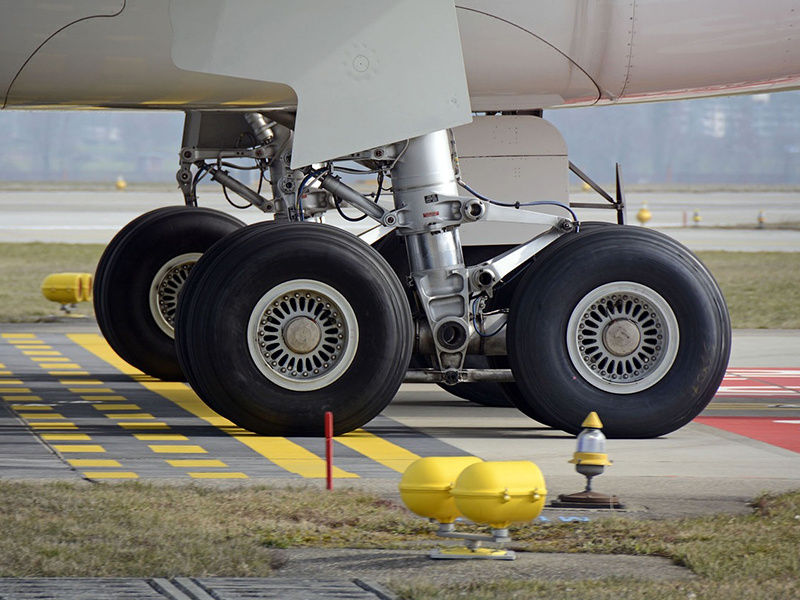


A movie about a scary airplane landing might be good for a dose of excitement and suspense. The film, “Sully” (starring Tom Hanks) is based on the actual “Miracle on the Hudson.” event where American pilot Chesley “Sully” Sullenberger saved the lives of all 155 passengers after he made an emergency landing in the Hudson River in 2009.
Incredibly, he landed safely after both engines of his aircraft shut down. As Sully said in one interview:
“No one warned us. No one said you are going to lose two engines at a lower altitude than any jet in history. This was dual engine loss at 2,800 feet followed by an immediate water landing with 155 souls on board. No one has ever trained for an incident like that.”
In real life, as passengers and pilots, we all want the most boring landing as possible. Really boring–because that would mean our plane landed safely, without any dangerous incidents.
Fortunately, thanks to safety regulations, better pilot training, and advances in aircraft technology, plane crashes have drastically lessened in recent years.
How rare? According to this article from Forbes.com, the number of passenger deaths has been getting smaller and smaller since 1972. For example, in 1972, more than 2,300 passengers died from plane accidents. In 2017, only 17 died.
Nowadays, there’s only “one fatal passenger flight accident per 7,360,000 flights”. That’s why it is extremely important for pilots to train in landing procedures properly.
After basic flight controls, landing is the second thing a pilot learns at school. No landing is perfect but a good and safe landing is what pilots and passengers want to achieve.
Here are a few things to bear in mind as pilots start their descent:
Sure, it makes the passengers more comfortable, but a soft landing can mean that it is still half-flying. The aircraft needs to be controlled very carefully, and safe touchdowns need to lessen kinetic energy, especially on short runways.
The water will fail to disperse with a soft landing, as the wheels will only ‘skate’ on the water’s surface instead. A firm landing with a little bit more force may be needed to disperse the water and have the wheels “kiss” the runway tarmac. This will effectively lessen the kinetic energy and make a safe landing possible.
The aircraft is still travelling at great speed, therefore making it a bit unstable. Air pushing under the wings can make the plane go airborne again. Flight controls should keep the aircraft focused until the kinetic energy lessens and the aircraft slows down. The aircraft should reach and maintain taxi speed (around 20 knots for a 737.)
There are a lot of other factors that should be considered that ensures an aircraft’s safe landing. But these things should always be kept in mind not just by the pilots, but also by the crew and passengers as well.
For more information on avionics, visit the WCC website and follow us on Facebook.
The information contained in this website is for general information purposes only.
While WCC Aviation Company endeavors to keep the information up to date and correct, we make no representations or warranties of any kind, express or implied, about the completeness, accuracy, reliability, suitability or availability with respect to information published in this website.
Click here to read the Privacy Statement in full